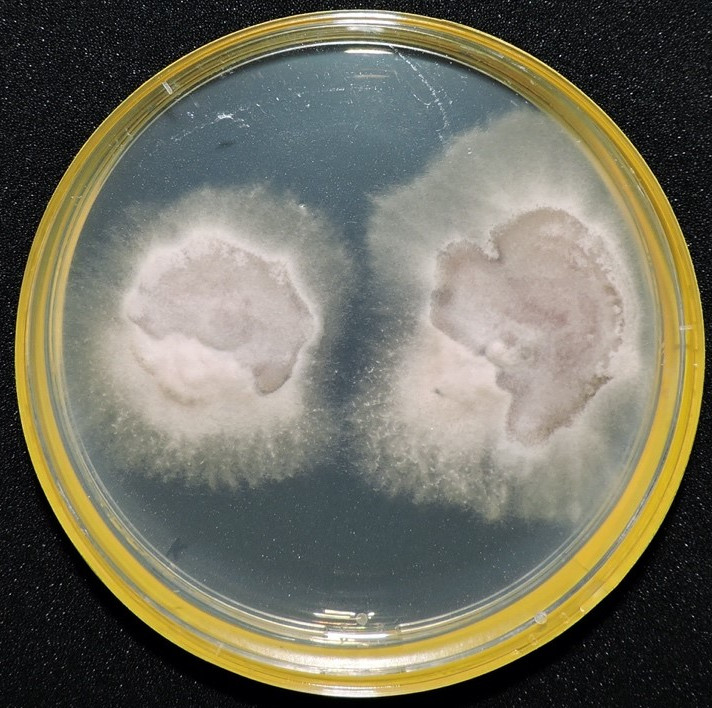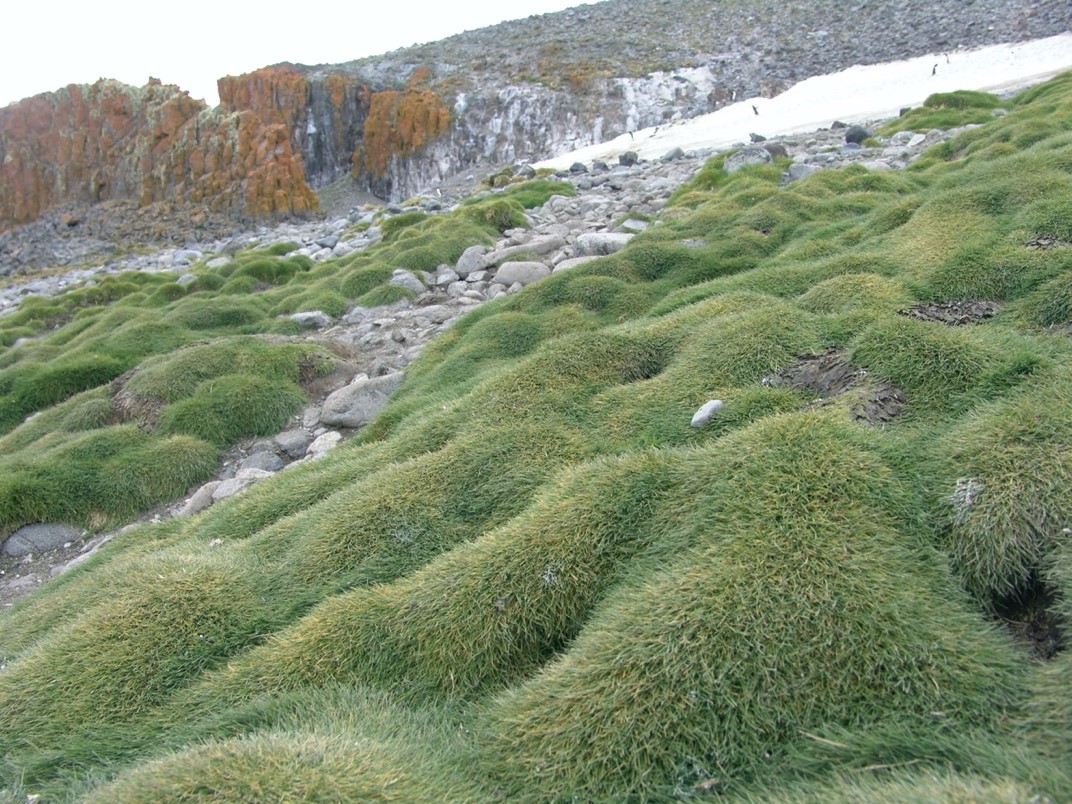
Image Credit: Fabiola Lucini, Filipe de Carvalho Victoria

Photo credit: Fabiola Lucini, Filipe de Carvalho Victoria
In the “1KFG: Deep Sequencing of Ecologically-relevant Dikarya” project (CSP1974), we aim to sequence additional sampling of genomic diversity within keystone lineages of plant-interacting fungi and saprophytic fungi that are of special ecological importance for understanding terrestrial ecosystems.
The sequencing of Alternaria sp. is part of a study aiming at sequencing the genomes of numerous phylogenetically diverse endophytic fungi for further comparative genome analysis. Unravelling the genomic signatures reflecting the adaptation of these microbes to the host cell environment represent a promising way to better understand how the endophytic lifestyle evolved in phylogenetically unrelated fungal species. Comparative genome analysis between different plant hosts, and between saprotrophic, mycorrhizal, and pathogenic fungi will provide new insights into the specific adaptations but also the conserved signatures associated with these different lifestyles.
Alternaria sp. UNIPAMPA017, a fungus from
Antarctica
The genus Alternaria (Ascomycota, Dothideomycetes,
Pleosporales) is cosmopolitan group. Many species are common
saprobes found in a variety of habitats. Some are plant pathogens
causing indefinite or opportunistic diseases on a large number of
crops, while others can occasionally infect humans. Several
Alternaria strains are also found as endophytes within
plant tissues. Several species of Alternaria have been
isolated from the Antarctic hair grass Deschampsia
antarctica (Poaceae) and Colobanthus quitensis
(Caryophyllaceae). In addition to flowering plants,
Alternaria has been described in association with
different species of mosses in Antarctica. Alternaria
strain UNIPAMPA017 was isolated from healthy leaves of the
Antarctic hair grass, one of two flowering plants native to
Antarctica and the southernmost flowering plant.
Researchers who wish to publish analyses using data from unpublished CSP genomes are respectfully required to contact the PI (Dr. Francis Martin) and JGI to avoid potential conflicts on data use and coordinate other publications with the CSP master paper(s).
